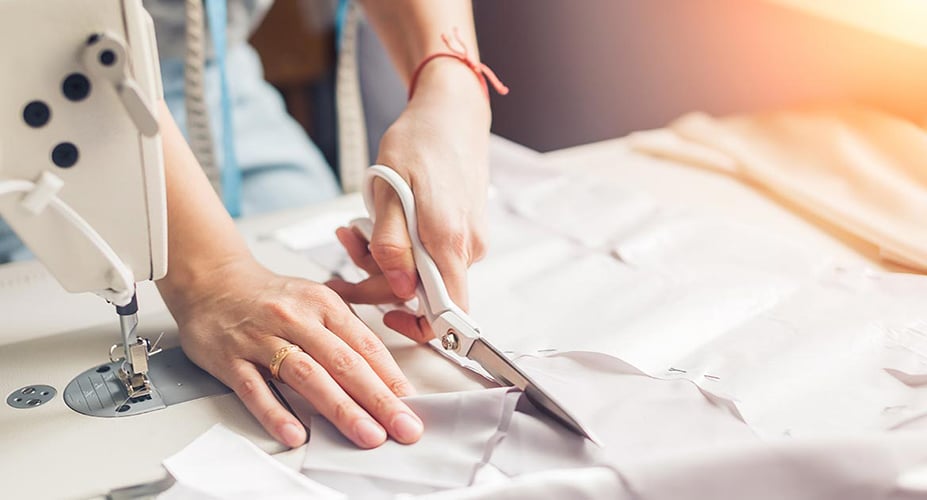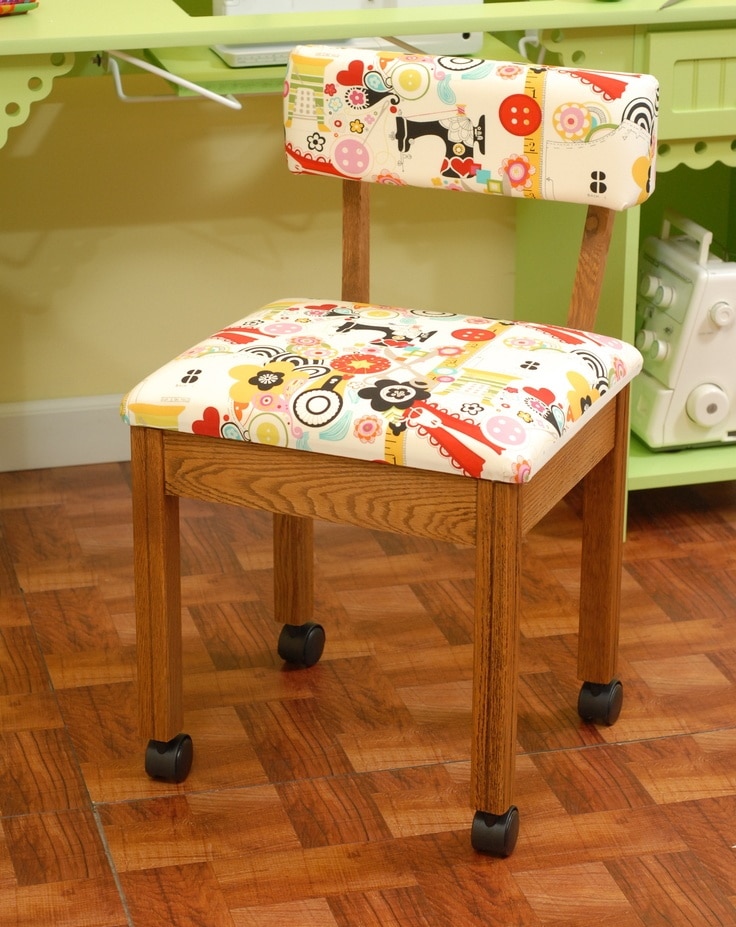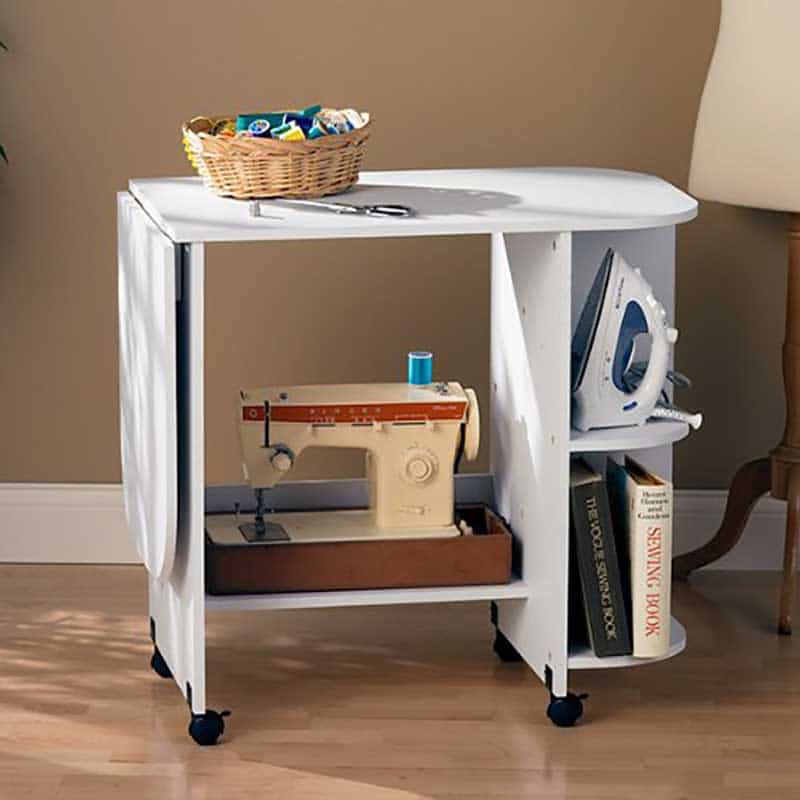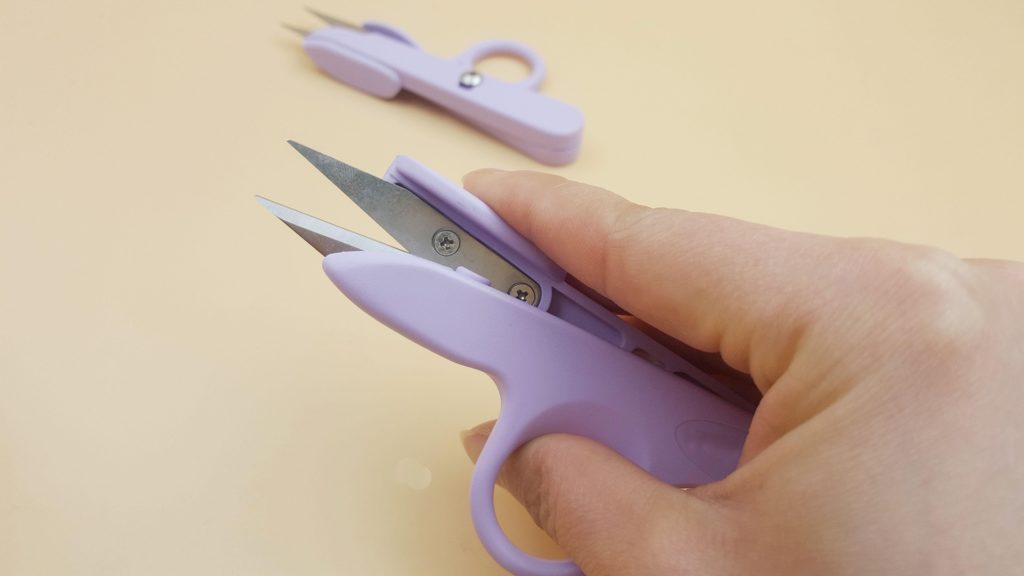

Although we now have a variety of sewing solutions Trusted Source Make your own fabric mask at home with this sewing pattern from a designer - The Washington Post The Washington Post talked to Grace Jun, assistant professor of fashion at Parsons School of Design and chief executive of Open Style Lab, who wrote this pattern after consulting with the New York City Mayor’s Office for People with Disabilities and the NYU Langone Medical Center. www.washingtonpost.com , including using a sewing machine, some sewers still prefer the good old days of passing a thread through the eye of a needle.
It is not the easiest job in the world because you have to sweat it out and make some mental calculations on how to pass the thread.
However, you can now find comfort knowing how to use a needle threader to pass a thread into a need for sewing or stitching, as the case may be.
Not every sewer knows this. So, you are privileged to learn about this remarkable way to use a threader.
First things first – let us understand the meaning of a needle threader and why it is so crucial to a sewer.
A needle threader is a small handled tool that is primarily used for passing a thread through a needle. It usually comes with a loop of thin wire that is used to guide the thread into the needle.
There are variants to needle threaders. On the one hand, there is the common type – needle threader with a metal handle.
Also, there is the plastic handled threader that has one loop. You may need to learn how to use a plastic needle threader, so you don’t make mistakes.
In some other cases, you may find a needle threader that combines a short length of fine wire, which is usually bent into a diamond shape. This type usually has one corner of its body held by a piece of plastic or tinplate.
If you are searching for a new needle set, check the 6-piece kit from Tulip Needle that includes everything you might require for your next DIY project!
As you must have deduced from the explanation above, there are different types of needle threaders. The one you decide to use depends on your mastery of using it to pass a thread into the eye of a needle.
Let’s start with the most prominent before we consider the others. The simple metal version is the most common type of needle threaders.
Also, there are needle threaders that cut the thread for you, so you don’t have to cut the thread after passing it through the eye of a needle.
Third, you can find needle threaders that have additional features, such as scissors and lights.
The other types of needle threaders include, but are not limited to:
You can purchase a set of needle threaders online. For instance, the Phinus 24- piece kit comes in handy during your work.
You want to learn how to thread a needle with a needle threader, so you don’t have to spend many hours trying to pass the thread.
Well, you might just spend more hours than you imagined if you don’t find out how to go about it. The best sewing books can help you in that case.
Here are the sequential steps you must follow if you want to successfully pass a thread through the eye of a needle using a needle threader.
Before that, you have to get your tools ready. Here are the major materials/tools you need to have prepared before using a needle threader:
The best sewing kits usually include all of these, including threads in some cases.
One thing you must know is that you are not directly passing the thread through the eye of a needle. So, you must load the threader first before any other thing.
To do that, hold your needle in one hand and your needle threader in the other. It would be better if you use the hand that you consider dominant. That is, consider using your right hand if you are a right-handed person and your left hand if you use your left hand often.
Ensure that you bring the needle closer to the opening on the needle threader.
With the needle threader and the needle now in proximity, the next step will be to insert the wire threader loop through the eye of the sewing needle.
Make sure that you push the needle threader until the needle rests in the shallow grove that is close to the base of the threader.
You can now guide the end of the thread through the loop of the needle threader. You can do that by anchoring the threader in a place before carefully guiding and pulling the thread around it.
Once you do that, proceed to double the thread over on itself so that it doesn’t loosen and fall off the needle.
Doubling the thread can be as simple as gathering both (loose) ends of the thread and holding up the ends between the forefinger and the thumb of your free hand.
Precision and patience are needed, so you don’t miss the target. You can start threading the needle onto the needle threader by pulling free the loose end of the thread.
Remember that the needle is already at the base of the needle threader while the thread itself is close to the tip of the threader.
So, what you need to do here is to gently tug the thread until it works out of the wire loop on the needle threader.
Once that is done, proceed to work out the loose end of the thread with your fingers if there is any need for that.
If you did that the way it should be done, you will find out that the thread will swiftly run straight through the eye of the needle.
With the thread now free to run, you can now unwind the spool of the needle threader so that you can extend the length of the thread as long as you want it to be.
Knotting the thread does a great deal of job to prevent it from rolling off the needle when sewing.
So, how can you knot the thread before sewing?
The first thing you must do is to decide on whether you want to use a single thread or not. If you intend to use a single thread for sewing, all you need to do is to tie off the loose end of the thread.
But, if you want to make it double, consider tying the knot multiple times until you are sure that it is firm.
You can then snip the thread off the spool so that you wouldn’t be distracted by excess material when stitching or sewing.
You will have to occasionally fold or roll back the loose end of the thread on itself. Do this if you intend to make longer stitches.
Also, doubling the thread over and over again should be a priority, especially when the thread is old or worn. That is because it needs as much elasticity as it can get to continue
stitching your clothes
Trusted Source
The calming effects of sewing can help people express and heal themselves | Life and style | The Guardian
How absorbing your concentration in needlework relieves inner turmoil. By Clare Hunter
www.theguardian.com
.
Do not make the mistake of taking a needle threader to be just a piece of metal that can be used anytime you want it. Instead, start making conscious efforts to practice how to thread a needle with a needle threader.
You shouldn’t bicker when you don’t get things right the first time – or even the tenth time. Just keep trying until you master how to use your thread through the needle threader.
Using a needle threader will save you a lot of time that you could have utilized fussing over passing a thread through the eye of a needle.
There are several needle threaders that you can find out there and start using today.
How do you use a needle threader when you want to stitch your clothes?





